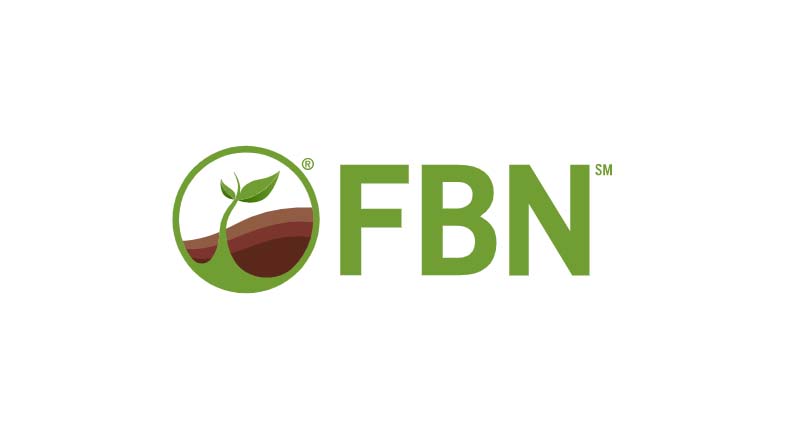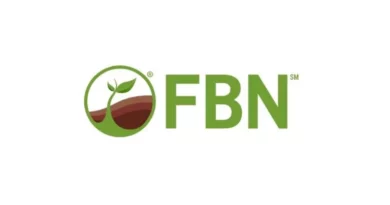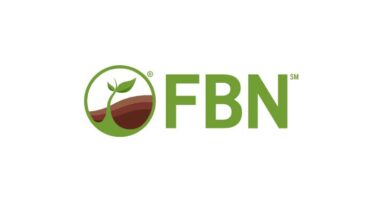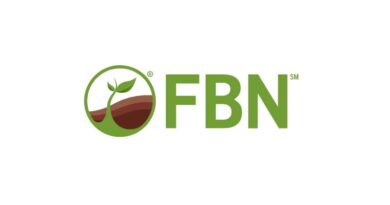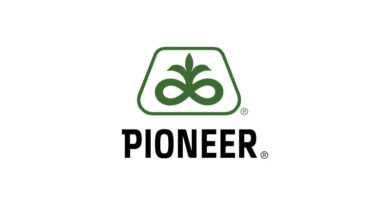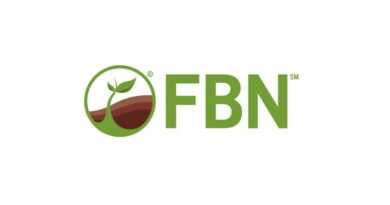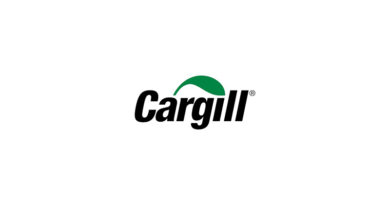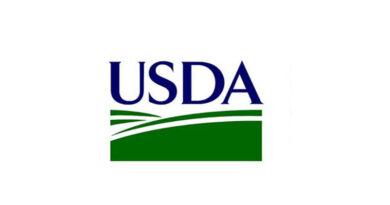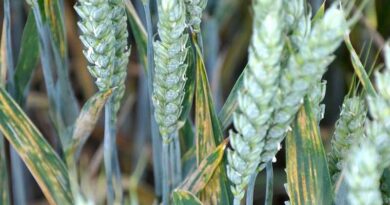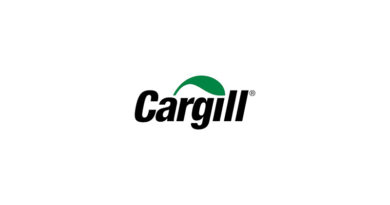When Should I Start Soybean Harvest?
16 September 2023, US: According to Usual Planting and Harvesting Dates for U.S. Field Crops, soybean harvest in Minnesota typically wraps up by October 31 while in Arkansas it generally ends closer to November 26.
When to Start Soybean Harvest
As soybean leaves turn yellow and then brown, they begin to fall off the plant, exposing the pods. Ideally, soybeans within the pods should be dry enough to limit combine thresher loss, as well as loss from sickle shatter.
Prime moisture for soybeans is 13-13.5%. However, harvesting at 15-18% moisture can be a good starting point if you plan to dry beans mechanically. Remember, harvesting soybeans when they are tough, or if the stems are still a little green, will require periodic combine adjustments to minimize loss.
How to Assess Moisture
Harvest moisture can sometimes be difficult to estimate as you drive by the field. Fields with green stems or a few leaves on the plants may be ready to harvest.
Scout your fields or contact your agronomist to better understand harvest timelines. Consider harvesting a small area of your field; it’s a great way to capture the ideal harvest start time and better understand moisture.
Percent moisture can fluctuate higher with overnight dew and drop rapidly during low humidity and windy conditions. Avoid harvesting soybeans in the late afternoon, if the moisture level of the soybean drops very low. This will help to minimize head loss due to sickle shatter.
Also, as the dew comes on, moisture may reach higher than desirable levels, making it difficult for the combine to properly thresh the soybeans from the pods.
PRO TIP: Pay attention to what’s happening behind the combine to check for improper threshing. Did you know that seeing just 4 to 5 soybeans per square foot can add up to losses of a bushel per acre?
Why Moisture Matters for Soybeans
You may be wondering what differences there are when harvest moisture is at 15%, or if you wait until the moisture is at 9% — the difference is in overall yield, which can directly impact your bottom line.
A study from the University of Nebraska stated that soybean moisture at 9% correlates to losing almost 4.4% of yield.
Consider this: If you have a field that makes 75 bushels per acre at 13% moisture, you are selling 3.3 fewer bushels per acre at 9% moisture. This is big money in lost revenue when the soybeans drop to very low moistures.
13% harvest moisture is ideal, but keep the weather forecast in mind, as well as the date on the calendar. Your agronomist can help you figure out when to ideally start harvest in your area, and how to maximize your soybean profitability by limiting drying costs; your agronomist can also help you identify ways to limit overall yield losses due to excessively dry soybeans.
Want an in-depth look at the math on soybean moisture? Check out this post from the University of Nebraska.
Also Read: Mankind Agritech and ITC Forge Strategic Collaboration to Elevate Indian Agriculture
(For Latest Agriculture News & Updates, follow Krishak Jagat on Google News)

